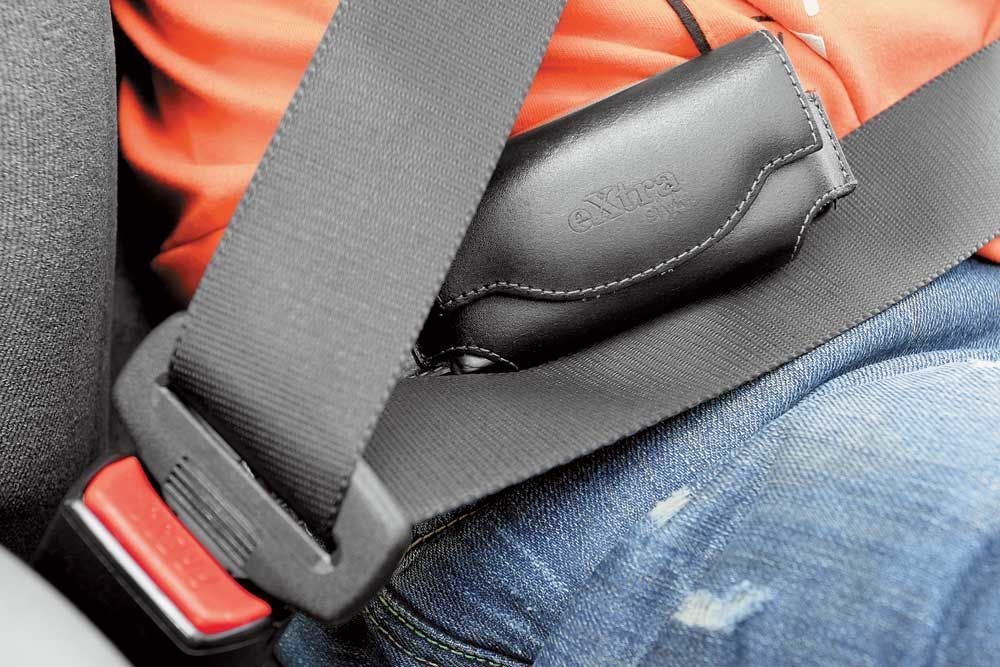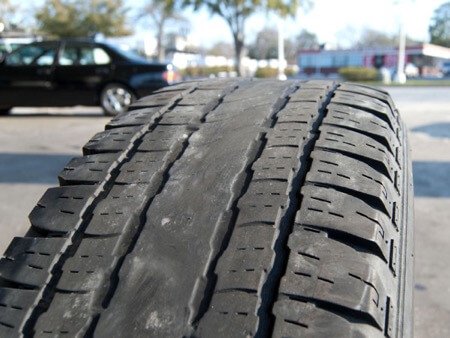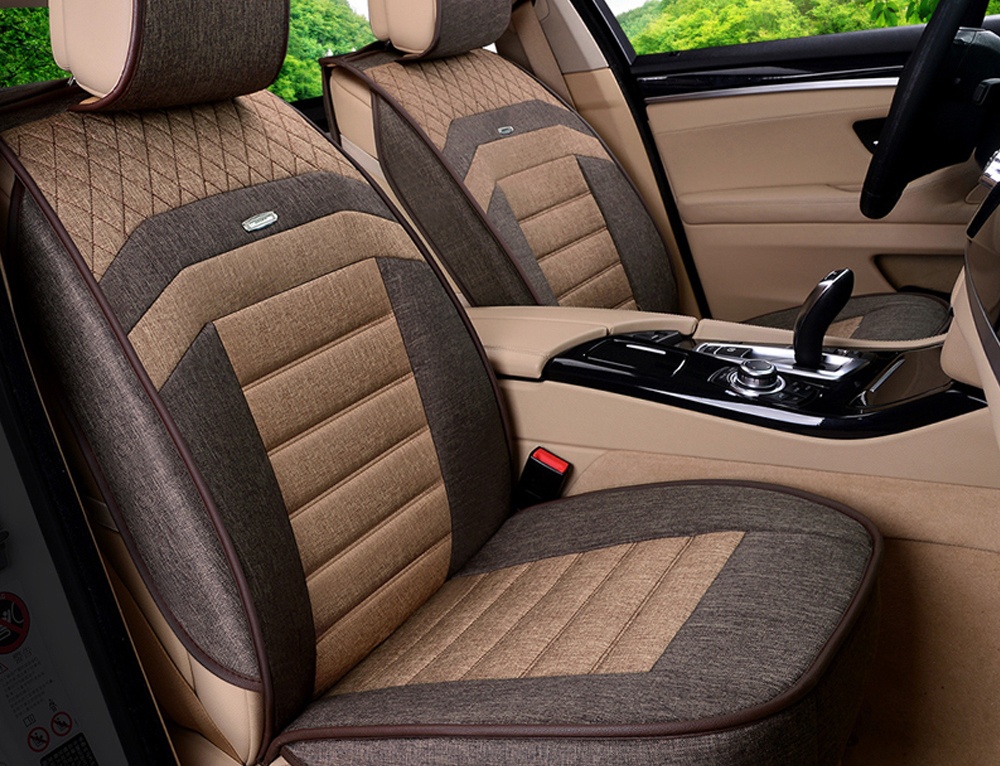
Here are the 4 most common seat belts and how they work
Content
These four seat belts are the most common in cars today, and they are all designed to protect you. Whatever type of belt your vehicle has, always use it.
The use of a seat belt has nothing to do with aesthetics or comfort. Seat belts save lives and are more than enough to wear them at all times, no matter who is driving and how long the trip is.
“Of the 37,133 people killed in car crashes in 2017, 47% were not wearing seat belts,” the National Highway Traffic Safety Administration (NHTSA) explains on its website. “In 2017 alone, seat belts saved approximately 14,955 lives and could have saved more if they had been wearing seat belts.”
The best thing is that you know how to use different types of seat belts and that you always use them. There are several types of seat belts in cars today, and while they are all designed to keep you safe, some are better than others.
So here we've rounded up four of the most common seat belts and told you how they work.
1.- Two-point seat belts
Two-point seat belts, or also called pelvic belts, are widely used in aircraft, although they are also found in some vehicles, especially in the rear center seat.
Luckily, they are becoming less and less common, and that is that they are belts that only protect the pelvic area, but do not restrict the shoulders and torso.
2.- Three-point seat belts
Three-point seat belts are the most widely used in all vehicles designed for street use. They are called three-point harnesses because they have three attachment points: one on one shoulder, one on one side of the thigh, and one on the opposite side of the thigh.
3.- Four-point seat belts
These types of belts also require special seats, racing car seats that have two holes in the back for the webbing of the belt, which are attached to a metal structure connected to the car's chassis, making it a more efficient attachment. These types of belts do not have pretensioners, but are adjusted when getting into the car, so that the driver has freedom of movement only in the arms and legs. support for each shoulder and two sides in the pelvic area.
4.- Five-point harness
The XNUMX-point harness is very similar to the XNUMX-point harness, but adds another anchor point in the groin area. Adding another point of fixation, these are more restrictive straps that completely restrict the rider's unwanted movements.
:

